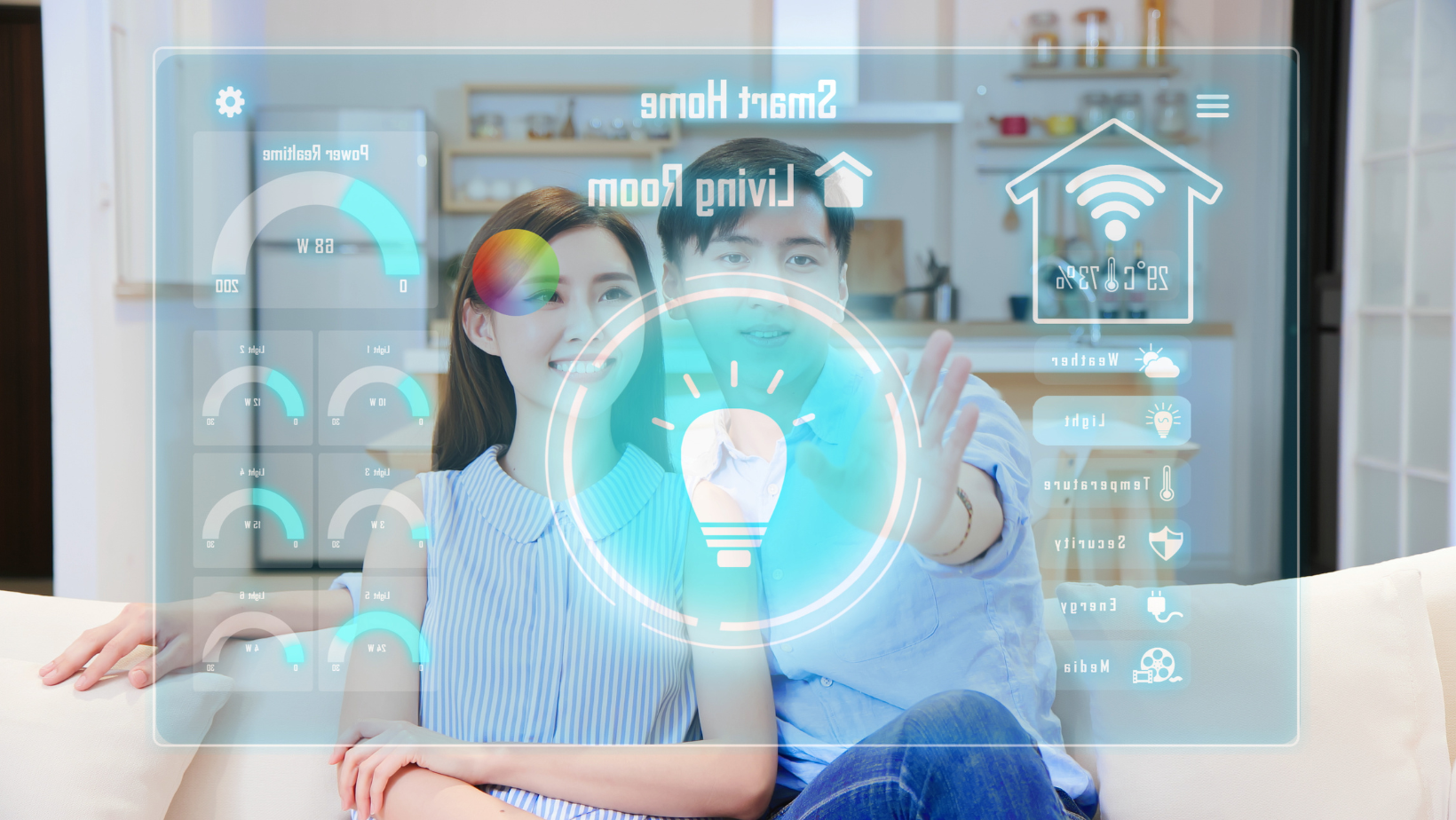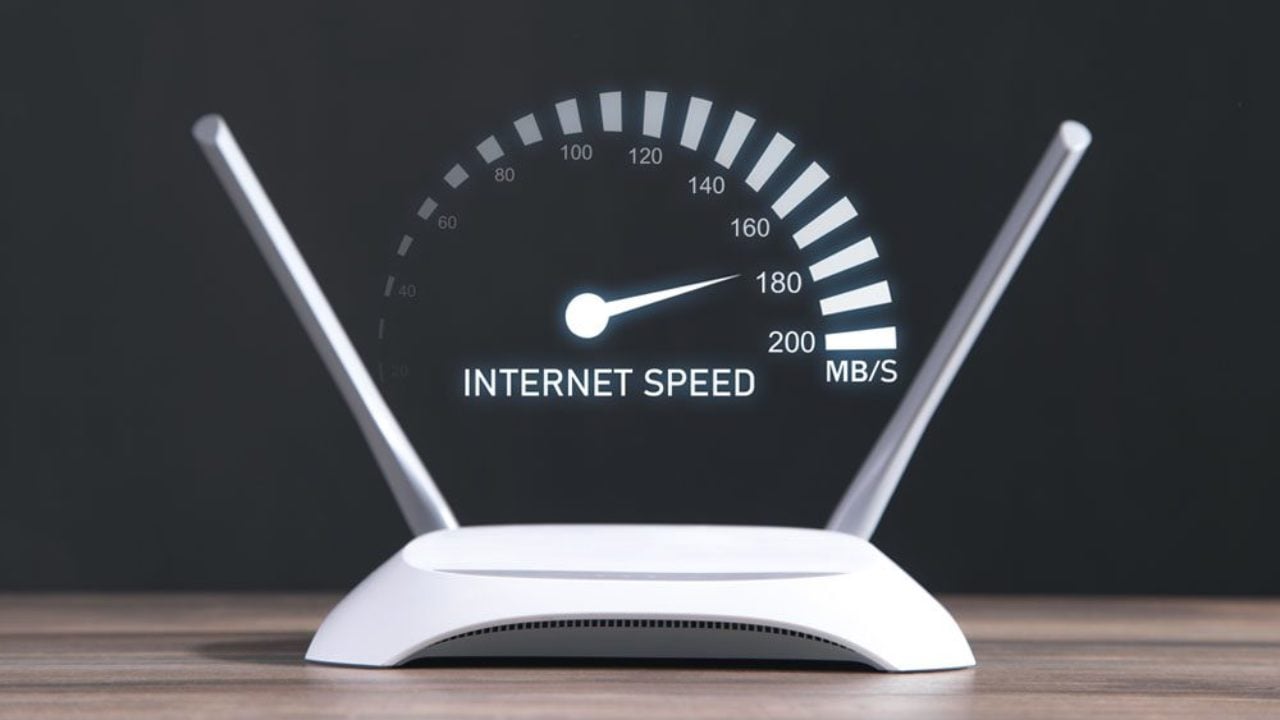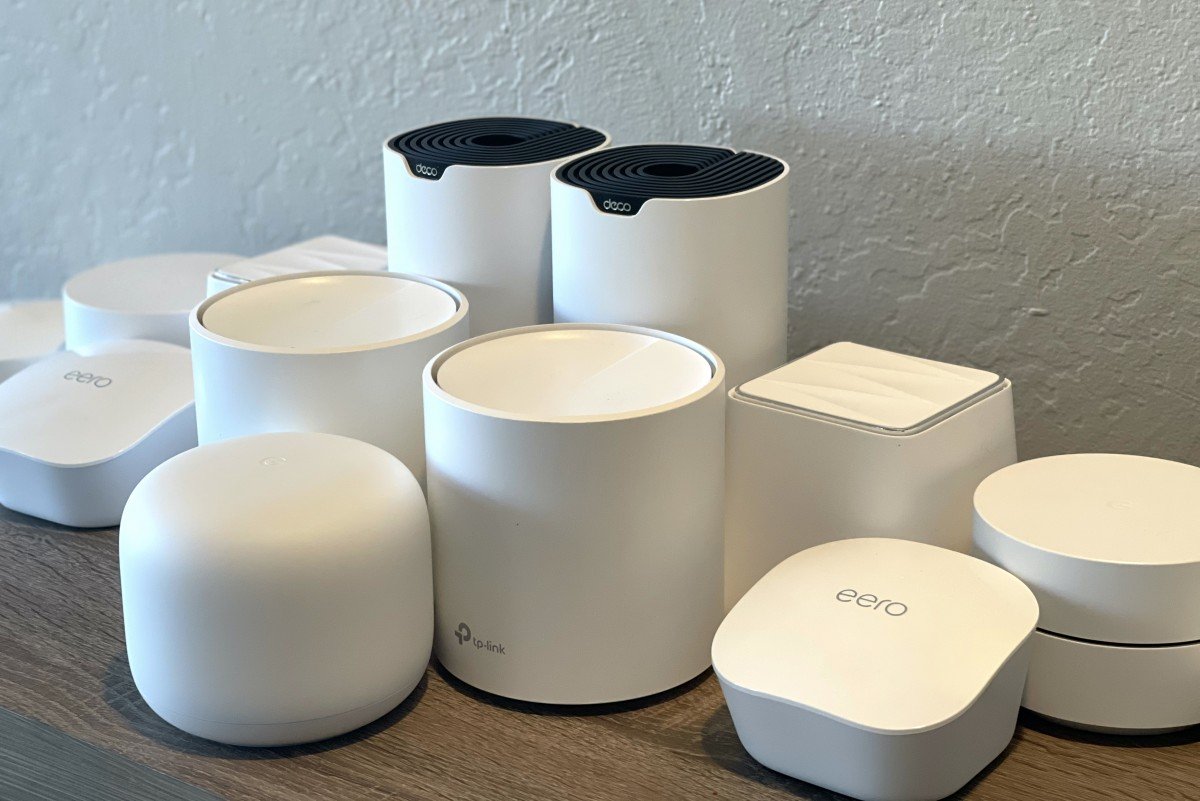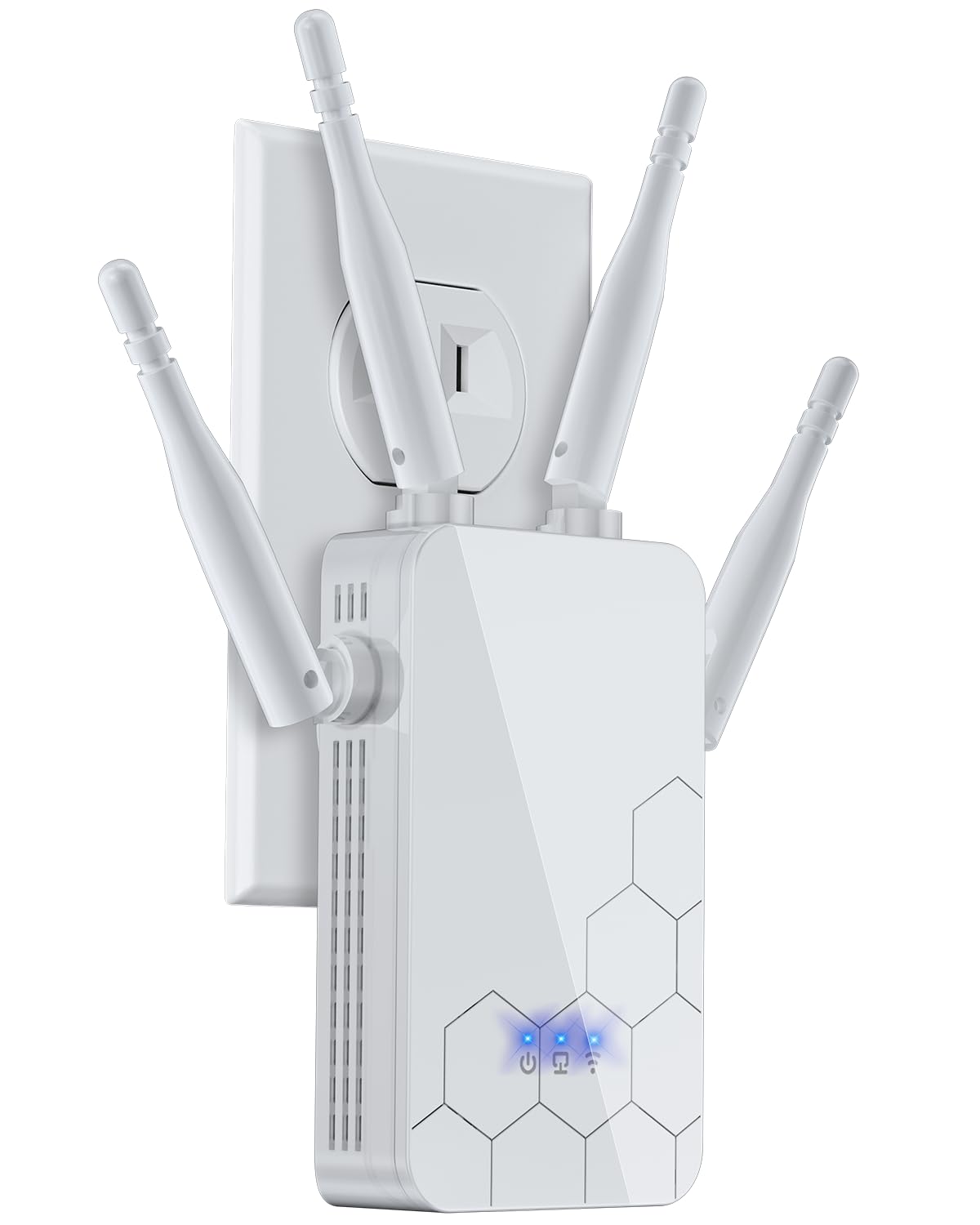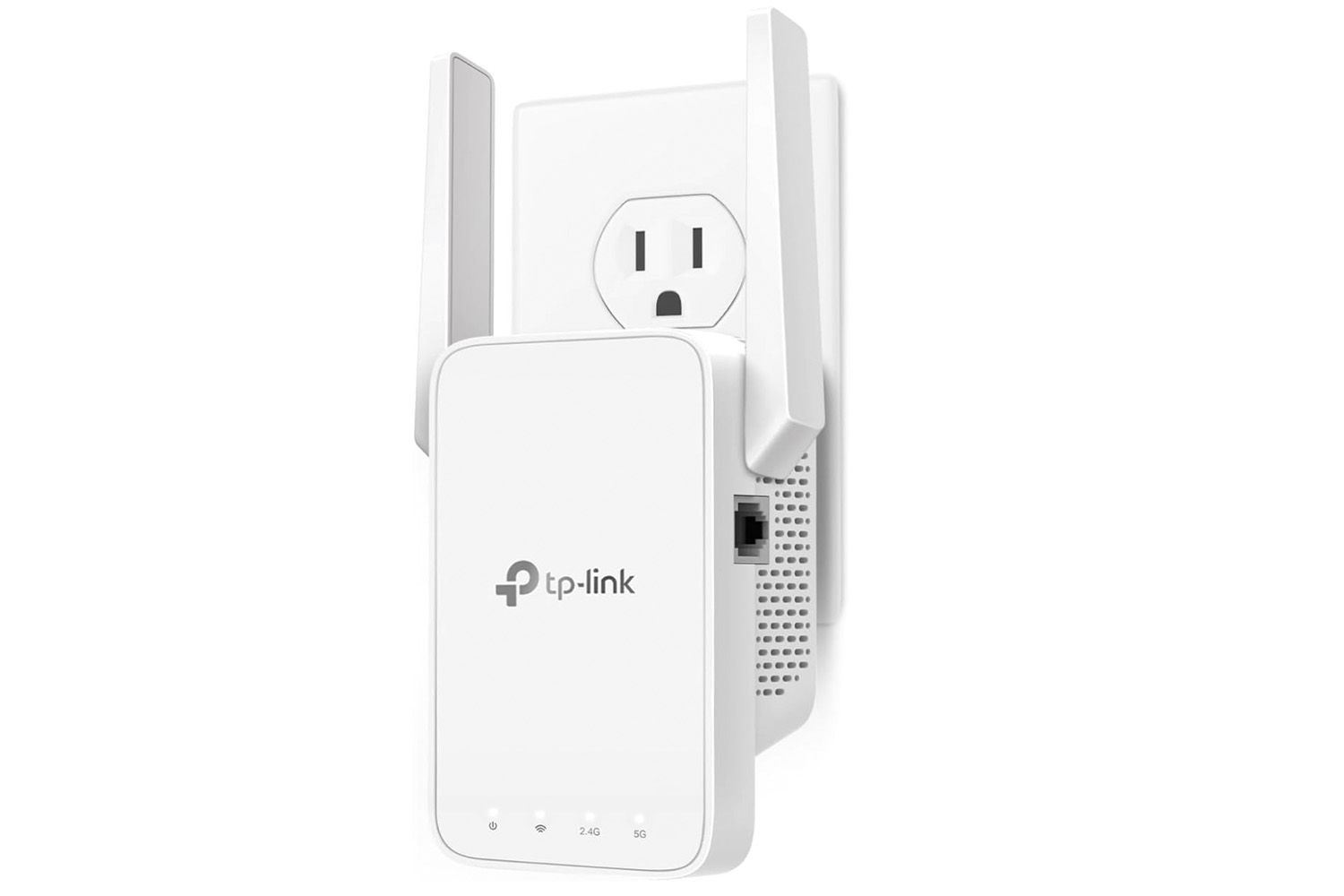How to Choose the Best Smart Devices for Your DIY Smart Home in 2025
Building a DIY Smart Home can feel overwhelming with so many gadgets available. In 2025, smart home tech is faster, more affordable, and easier to install than ever—but choosing the best smart devices for your needs is still key to long-term success. Whether you’re automating lights, improving security, or managing energy use, this guide helps you pick the most useful devices to build a powerful, personalized smart home.
Step 1: Understand Your Smart Home Goals
Before you buy anything, ask:
What problem am I trying to solve?
Your answer will help you prioritize the best smart devices for your lifestyle, budget, and space.
Common Smart Home Goals:
-
Improve home security
-
Automate daily routines
-
Reduce energy bills
-
Control devices by voice or app
-
Make the home more accessible for elderly or disabled residents
🎯 Pro Tip: Start with one room or function (e.g., lighting in the living room), then expand as you grow confident.
Step 2: Top Smart Devices You Should Consider in 2025
Here’s a breakdown of the best smart home categories and the top-rated devices within each.
1. Smart Hubs & Assistants
These are your home’s brain. They connect devices and manage automations. best smart devices
-
Google Nest Hub (2nd Gen)
-
Amazon Echo Show 10
-
Apple HomePod mini
-
Samsung SmartThings Hub
💡 Choose one that matches your smartphone ecosystem (Android = Google/Amazon; iPhone = Apple).
2. Smart Security Devices
Keep your home safe with these DIY-friendly tools:
-
Video Doorbells: Ring Video Doorbell Pro 2, Nest Hello
-
Indoor/Outdoor Cameras: Arlo Pro 5S, EufyCam 3
-
Smart Locks: August Smart Lock Pro, Yale Assure Lock 2
-
Sensors: Aqara Door/Window Sensor, Eve Motion Sensor
🔐 Many of these can integrate with your lighting or alarm system for automated alerts.
3. Smart Lighting
Control mood, ambiance, and energy costs with:
-
Smart Bulbs: Philips Hue, LIFX Color
-
Smart Switches: Lutron Caséta, Kasa Smart Dimmer
-
Motion Sensors: Wyze Sense, Eve Motion
✨ Combine motion sensors with your lights for hands-free convenience.
4. Smart Thermostats & Climate Control
Manage comfort and savings automatically:
-
Google Nest Learning Thermostat (Gen 3)
-
Ecobee SmartThermostat with voice control
-
Amazon Smart Thermostat
❄️ Set schedules or let them learn your behavior to optimize heating/cooling costs.
5. Smart Plugs & Power Monitoring
Control non-smart appliances and track energy use:
-
TP-Link Kasa Smart Plug
-
Wemo Insight Plug
-
Govee Smart Plug
🔌 Use with lamps, coffee makers, or routers to schedule on/off times and reduce phantom power draw.
6. Smart Appliances
Advanced users can integrate entire appliances:
-
Smart fridges (Samsung Family Hub)
-
Smart washers/dryers (LG ThinQ)
-
Robot vacuums (Roborock S8, iRobot Roomba i7+)
-
Smart ovens (GE Profile, Bosch Home Connect)
Note: These are more expensive but can simplify daily chores.
Step 3: Look for Compatibility with Matter & Thread
In 2025, Matter has become the standard for smart home devices. Make sure the devices you choose are Matter-compatible so they can work across all ecosystems (Google, Apple, Amazon). best smart devices
Also check for:
-
Thread support: Offers low-power, fast mesh networking
-
Voice assistant integration: Alexa, Google Assistant, Siri
-
Wi-Fi or Zigbee/Z-Wave protocols: Match your hub’s tech
🧠 Buy “future-proof” tech that can adapt as your smart home expands.
Step 4: Read Reviews & Consider Privacy
Not all smart devices are created equal. Always look at:
-
User reviews on Amazon, BestBuy, Reddit
-
Privacy policy: Where is your data stored?
-
Does the device allow local control (no cloud dependence)?
-
What kind of app experience does it offer?
✅ Trust brands that offer frequent software updates and transparency.
Step 5: Budget Smartly and Scale Over Time
You don’t need everything on Day 1. Start with high-impact tools, then build over time.
Sample Starter Budget (Under $500):
| Device | Cost (Approx) |
|---|---|
| Smart Speaker (Echo/Nest) | $50–$100 |
| Smart Bulbs (4-pack) | $50 |
| Video Doorbell | $150 |
| Smart Plug (2-pack) | $30 |
| Smart Thermostat | $100–$150 |
📦 Build your smart home room-by-room, device-by-device.
Final Thoughts: Build Smart, Not Complicated
Choosing the Best Smart Devices for Your DIY Smart Home in 2025 doesn’t have to be confusing. Focus on what you need now, invest in high-quality products, and prioritize compatibility for future expansion.
🎯 Ready to Start Building?
Explore product guides, comparison charts, and beginner tutorials at SmartAndSecureHome.com to find the best smart devices for your DIY journey.
7 min read

